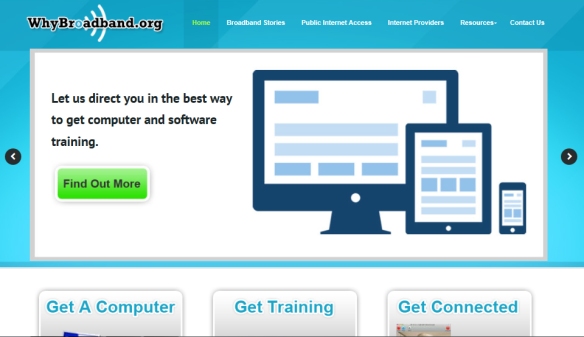Last November the Minnesota Broadband Task Force met in Duluth – a meeting that coincided with the Minnesota Broadband Conference. The Task Force heard from one young entrepreneur about his business developing apps and the difficulty he had getting his job done with limited broadband on the Iron Range. Yesterday the same entrepreneur (Jake Dahl) had a Letter to the Editor in the Duluth News Tribune…
I’m a 2012 graduate of Eveleth-Gilbert High School and currently attend Mesabi Range Community and Technical College. For the past couple years, I’ve been developing a series of handy smart phone apps that users can download on their iOS devices. In the short time I’ve been doing this, the app consumer community here has grown significantly as more and more people are using wireless devices (mostly the iPhone) for a wide variety of needs. Entrepreneurs like me are tapping into those needs and developing useful applications that mobile users want.
It’s a thriving industry, but we need a strong wireless broadband system to support our efforts.
He pleads the case for improving broadband infrastructure by allowing tax incentives to defray costs of broadband deployment…
That’s why we’re even more concerned about recent developments in the state Legislature that would increase taxes on broadband network providers. Instead of doing everything it can to encourage network providers to expand broadband services, the Minnesota Senate recently passed a bill that would repeal some of the tax breaks the state offers on purchases of telecommunications equipment.
Many Internet-related entrepreneurs like me worry that such a move would slow mobile broadband development and deployment on the Iron Range and around the state. The state needs to do everything it can to encourage private investment in broadband. The high-tech community here and elsewhere in the state depends on it.
I thought I’d include the video of Jake’s remarks from last November too…



